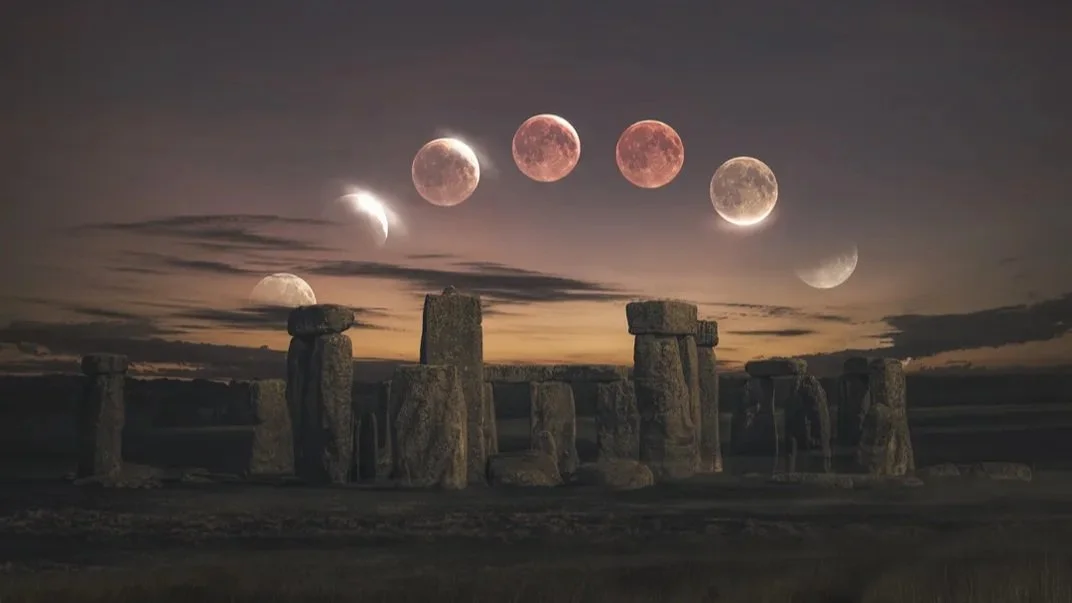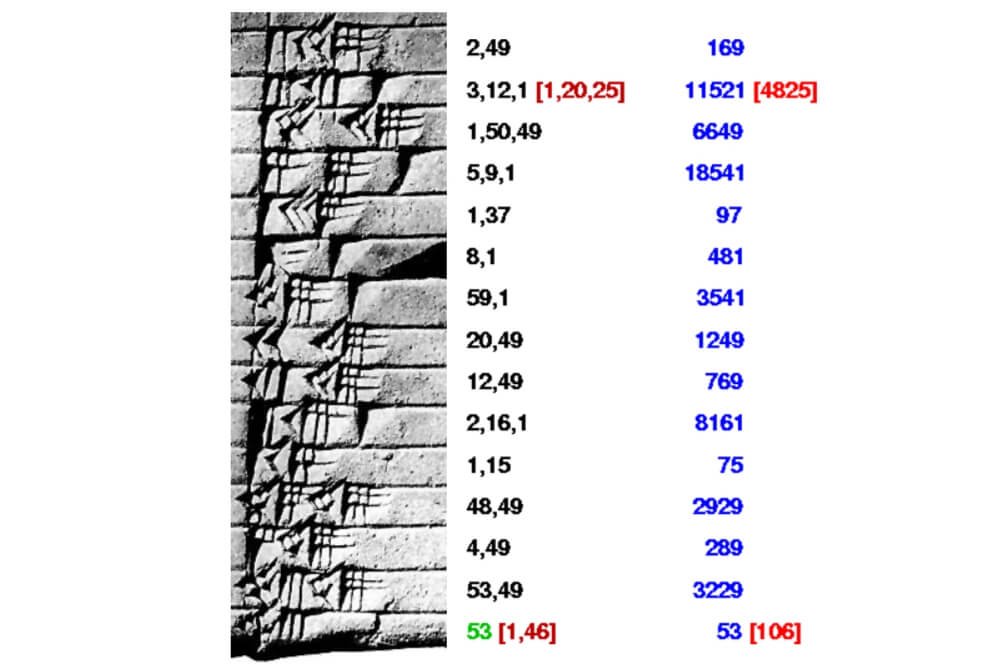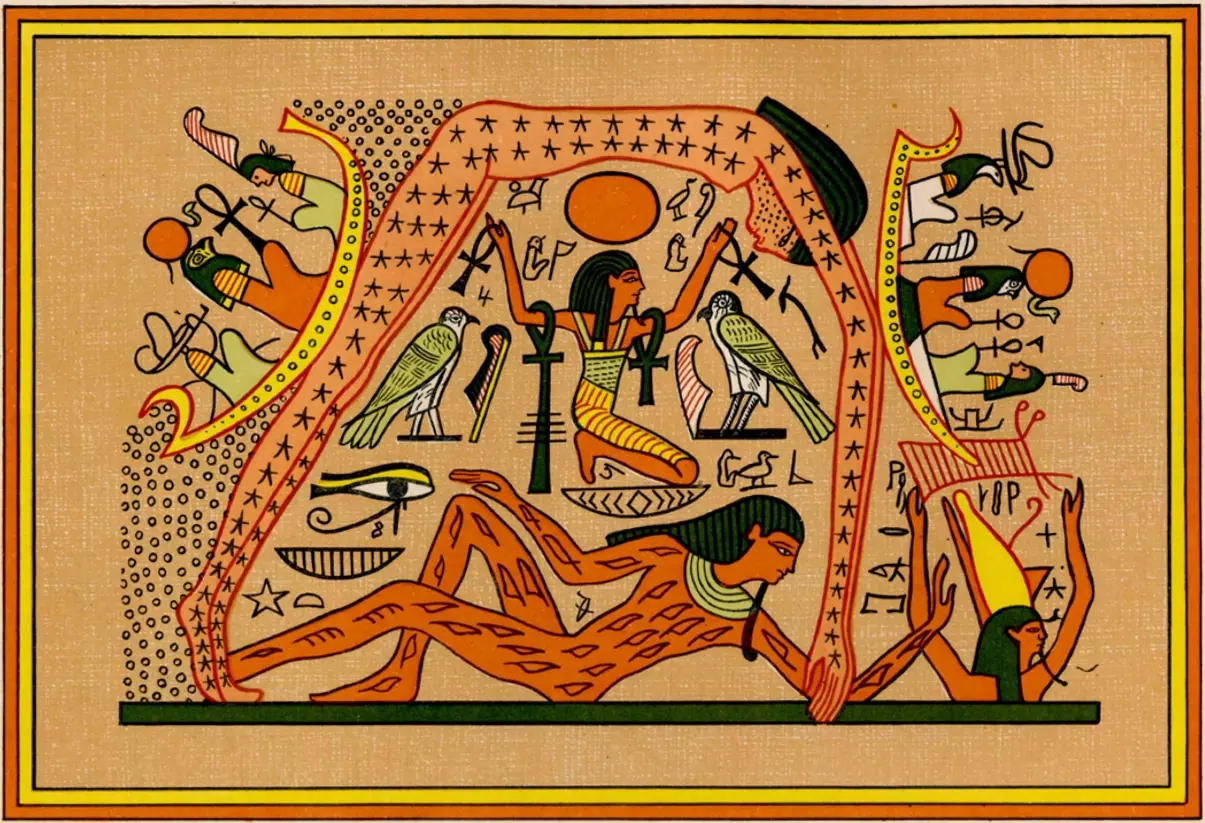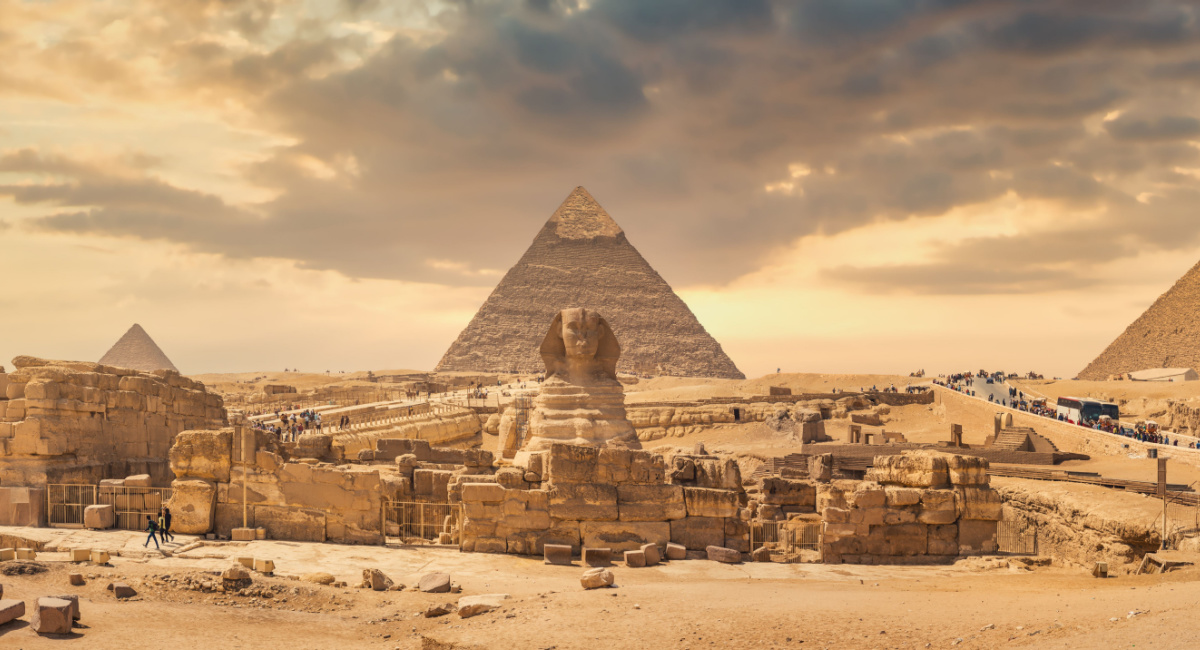Unlocking the Mysteries of Stonenge's Lunar Connection
As celestial enthusiasts eagerly await a rare lunar event, a groundbreaking project is poised to illuminate the enduring bond between the enigmatic Stonehenge and the Moon. Set against the timeless backdrop of Wiltshire's prehistoric marvel, this event promises to unravel ancient secrets and deepen our understanding of this iconic site's celestial significance.
Scheduled to occur in January 2025, the "major lunar standstill" marks a celestial milestone occurring once every 18.6 years, when the Moon's rising and setting points reach their zenith along the horizon. For archaeologists, astronomers, and archaeoastronomers alike, this phenomenon presents a golden opportunity to probe the mysteries of Stonehenge and its lunar connections.
Embedded within Stonehenge's hallowed grounds lies a tapestry of theories linking its design to celestial phenomena. Speculation abounds that the site's architects possessed intimate knowledge of the major lunar standstill, strategically selecting burial sites within its confines to align with this cosmic event. Further intrigue surrounds the four "station stones," believed to serve as celestial markers, two of which stand sentinel to this day.
In a bid to engage the public with this celestial spectacle, English Heritage, custodians of Stonehenge, plans a series of immersive events throughout the extended lunar standstill period. From captivating livestreams of the southernmost moonrise to enthralling talks, stargazing sessions, and evocative storytelling, enthusiasts will have ample opportunities to delve into the magic of Stonehenge's lunar legacy.
Delving deeper into Stonehenge's early history unveils a rich tapestry of ancient practices dating back to 3,000-2,500 BC. Cremated remains and offerings were reverently interred across the site, with a notable concentration in the southeast quadrant, mirroring the Moon's most southerly rising point. The station stones, hailing from West Woods in Marlborough, stand as silent sentinels to this ancient lunar alignment, echoing whispers from a distant epoch.
As we stand on the cusp of this celestial convergence, the allure of Stonehenge's lunar embrace beckons us to embark on a journey through time and space, where ancient wisdom and modern discovery converge in a symphony of cosmic revelation.












































